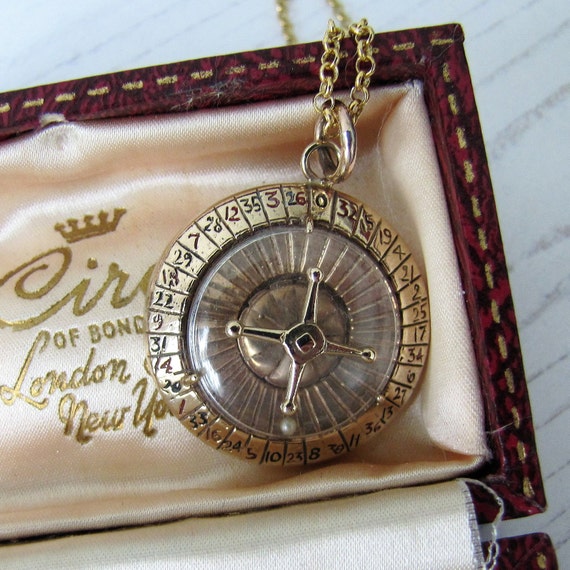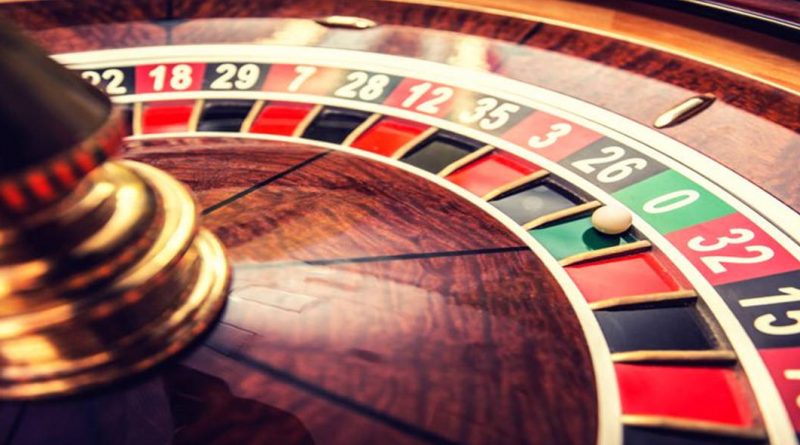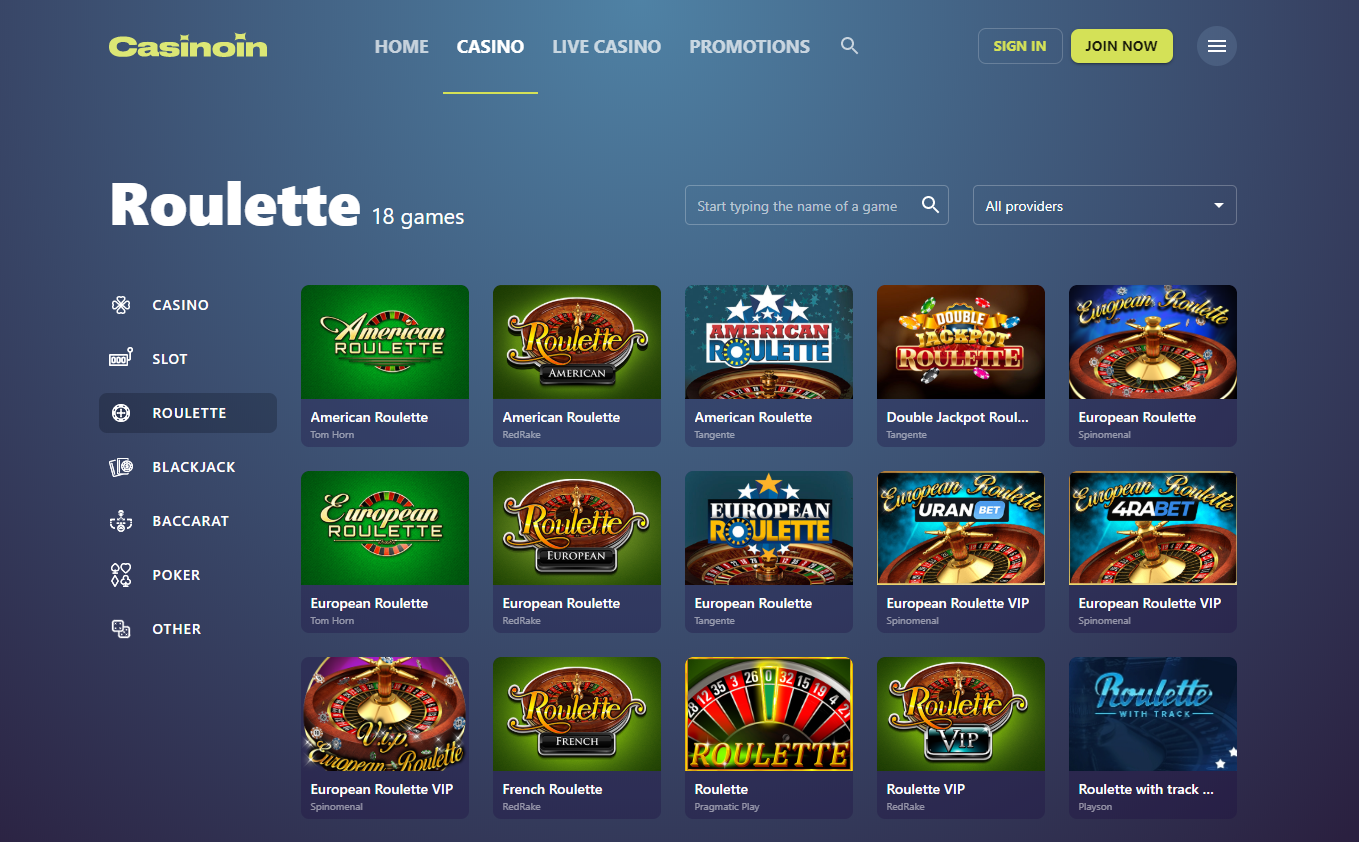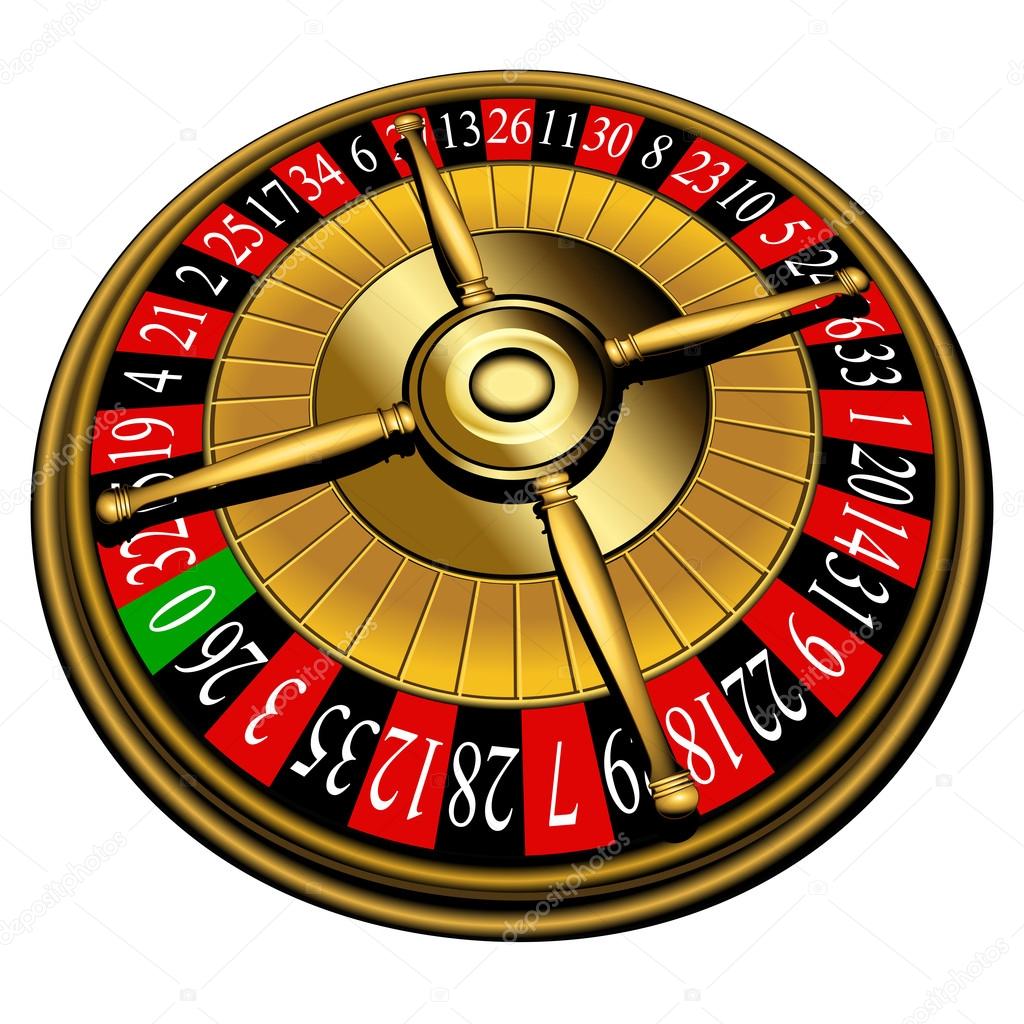Roulette Ball Tester
In order to authenticate any roulette system you will need to check it out over a total of 37×37 = 1,369 regulation spins of any live single zero roulette wheel (38×38=1,444 on a double zero wheel) or electronic or Televised Roulette games which includes Betting Shop machines and on-line roulette. Perfect for beginners. Learn how to assess the movement of the ball (semi automatically) to determine the out come of a spin and beat the casino in just a few days. No need to buy a roulette computer. Learn how to beat roulette using real skill. A roulette system that works. Roulette Computer Software for Mobile Phones. Measure ball speed and predict winning numbers (software only, value $500) This is roulette computer software that calculates ball speed and predicts the winning number. This version is normally $1250 when sold with the phone. Fast Roulette Betting Auto Bot. This software places the chips on the table, bets to the staking plan, and uses 5 numbers to bet on. We were asked by lots of clients if we could develop a roulette software that placed the bets, as some tables especially live dealer roulette tables.
By Salius, Roulette Physicist At-Large
I. New Roulette Software Released to the Public
II. Roulette Systems based on Wheel Positioning (Slots, Sectors, Pockets)
III. Birthday Paradox Applied to Roulette Gambling
IV. Report for Hamburg Casino Roulette (Real, Actual Spins)
V. Roulette and the Law of Fundamental Balance (LFB) ©
VI. Resources in Roulette Mathematics, Super Strategy, Systems
1. New Roulette Software Released to the Public
RouletteHemis ~ version 3.0, January 27, 2007 ~ Free software for registered members.
Thus, in the year of grace 2002 I offered a gift to one of the most intense haters of mine. The guy (you'll find him here under the alias Chip) informed me about an undocumented casino incident. An apparent gambler claimed he was Ion Saliu and he had gambling systems for sale. I believe in reconciliation. And so I rewarded the hater of mine with free roulette software that had not been released to the public.
Double Ball Roulette is another interesting version where you can get some rewarding payouts. The payout for guessing both balls landing on the same number is a massive 1200:1. A Straight Up bet here will pay less than the traditional 35:1, 17:1, so keep this in mind.

To my dismay, I learned from various sources and first-hand that one of the roulette systems in my gift-software had already been pirated. It always gets to me when I hear something like that: Piracy or plagiarism of my creations. I had offered the same piece of roulette software to a few other gamblers.
This very roulette system was pirated soon after I introduced it. For example, an Australian group behind the website named www.genuinewinner.com already sells a $2,500 system. They try their hardest to avoid specifics of their roulette system. But one picture is worth a thousand words. Their advertising logo reads (in an image):
'We consider which HALF of the wheel the ball landed in.'
'Roulette System that Won Millions!' Evidently, it is blatant piracy of the theory I present here. Not to mention that they do NOT offer software to be downloaded to the player's computer. They might be using my RouletteHemis behind the scenes! They also warn against playing roulette at online casinos because the wheels are NOT mechanical! They claim millions of dollars in wins, especially in the United States! I believe I right a wrong by offering to the public at-large the same piece of software — and then some. The original system is much improved. I added a second grand system based on the so-called birthday pardox (probability of coincidences or duplication).August 26, 2009 - The Australian roulette pirates got really scared by the Law! They announce at their website that they decided to stop selling their roulette system and roulette computers. They already sent emails to their customers on the decision to cease selling the pirate version of one of my roulette systems. Guess how the deceived roulette customers will react!
2. Roulette Systems based on Wheel Positioning (Slots, Sectors, Pockets, Wheel Half)
I wrote on July 4, 2000 — Roulette Strategy and Real-Life Casino Testing:I did notice bias, however. It was due to the wear of the roulette wheel. Probably the deflectors of the roulette wheel were worn out. The wheel was malfunctioning, anyhow, I think. We can divide the roulette wheel in two sections based on the last number drawn. There are 38 numbers in double-zero roulette. The last number drawn, plus 9 numbers to its left on the roulette wheel layout, plus 9 numbers to the right on the layout = make up the inside hemisphere of the roulette wheel. The other 19 numbers make-up the outer hemisphere. The next number should be FFG-equally distributed between the two wheel hemispheres. That is, the roulette insiders and roulette outsiders should be FFG-equally distributed. I tracked the spins at a roulette table in Atlantic City. To my (belated) dismay, the ratio was 80% to 20% biased towards the outer hemisphere! Actually, two roulette dealers — a woman and a man — shifted at the table during that continuous run! So, it was not a so-called roulette dealer's signature! It was a malfunctioning of the roulette wheel. It is likely that the casinos have no knowledge of such phenomena.

Roulette Ball Tester Game
It happened at a roulette table at Taj Mahal casino, Atlantic City, in July of 2000.
RouletteHemis accurately tracks how the roulette ball jumps from the previous slot. The system does not take into consideration any bias. The roulette wheel is treated as perfect, with no wear-and-tear. The software counts how many positions the roulette ball moved from the previous spin. If a number is a repeat, the ball jumped 0 slots. The counting always starts at zero. The software (and the roulette system) is dependent of the wheel layout. For example, single-zero roulette. The previous spin, or the previous roulette number drawn was 19. The next spin records the roulette number 17. Number 17 is 5 slots from the roulette number 19 — counting counter-clockwise. If the next spin is represented by the roulette number 3, the jump is also 5, but counting clockwise. The software will show the jump equal to 5 in the report. The program always calculates the shortest distance between the current roulette number and the previous spin.
You will see a report on this page. The report is based on single-0 roulette spins recorded at the Hamburg, Germany casino (Spielbank) in January of 2006. You can download the free file HAMB106.WH1 (represents table #1 at Hamburg casino).
The new software divides the roulette wheel into two halves (semicircles or hemispheres or sectors). There are 38 numbers in the double-zero roulette: From 0 to 00. The software treats 00 as number 37. The inner hemisphere consists of the previous slot, plus 9 numbers clockwise, plus 9 numbers counter-clockwise. Total: 19 roulette slots (numbers). The opposite half is treated as the outside (outer) semicircle. If the next roulette number falls in the inside hemisphere, the program displays a minus sign (-). If the next roulette number falls in the outer sector, the program displays a plus (+).
The single-zero roulette wheel has 37 numbers, from 0 to 36. The outside sector of the wheel consists of only 18 numbers. Keep that uneven size in mind when applying this system to the French (Europeans or single-0) roulette. Therefore, the inner hemisphere will show a higher frequency.
The roulette player will apply a gambling system similar to the FFG principles presented in the The Best-Ever Roulette Strategy, Systems based on mathematics of progressions and free-for-all — the p=1/2 section.
There are many interesting things to consider. This piece of software offers some great opportunities. The report column 'Distance In Slots' shows numbers such as: 11, 4, 6, 17, 4, 15, 4, 4, 17… How about looking for a jump of exactly 4 in the near future? Well, then, you have to play only 2 numbers: count 4 slots clockwise and 4 slots counter-clockwise. If the previous roulette number was 36, next spin bet on numbers 23 and 34. You can make a good profit if a slot jump equal to 4 occurs in the next 10 spins! Remember also that any phenomenon tends to repeat more often after a number of trials less than or equal to the FFG median. On the other hand, if one or two jumps have not shown up in a long series of roulette spins, consider betting on them. The jump equal to 0 and the jump equal to 19 will always show lower frequencies. They consist of one number each. Every other jump consists of two numbers (symmetrically located to the left and to the right of the current roulette slot).
This system requires the roulette wheel layout. It is available in every casino…at this time of writing, at least! It seems to be a bit hard to locate the roulette numbers quickly — but only in the beginning. I sped up considerably after a few hours of working with the roulette layouts.
Also, the notorious notebook is a required instrument. You need to keep those accurate reports to the very latest spin. Don't worry about the intimidation factor. The casinos have no legal grounds from prohibiting writing down the roulette spins or anything else. Why don't they stop the journalists from taking notes? Why don't do the casino managers display warnings against writing at the entrance? Because it would be ILLEGAL for the casinos to enforce such restrictions!
3. The Birthday Paradox Applied to Roulette
This is another brainchild of mine that I wanted to keep to myself. But I noticed an interest in others soon after I published my software calculating the birthday paradox and a wide array of cases of probability of collisions (or duplication, or repeats, or coincidences). I received also specific requests on devising roulette strategies based on the birthday paradox. I never get satisfactory terms, it seems. Looks like just about everybody tries first to take me for a ride.Every roulette player knows that the casinos display the last 15 spins at every roulette table. It is an electronic device named marquee. The roulette numbers will be unique and there will be also repeats. You will see some 5 or 6 or 8 consecutive roulette spins consisting of unique numbers only. No repeat from the last 15 spins among those 6 or so consecutive spins. The birthday paradox (or the probability of collisions) calculates that random numbers will repeat within ranges of trials. For example, the probability for 5 consecutive roulette spins with at least one duplicate is 24%. Equivalently, the probability is 76% that 5 consecutive roulette spins will consist of unique numbers only. The probabilities almost reverse when considering 10 consecutive roulette spins. Read this: Google AdSense Advertising, Referrals, Gambling, Mathematics, Math Boyz. So far, I have not seen one single roulette marquee showing a string of 15 unique roulette numbers in 15 consecutive spins. But analyzing 1000 spins at Hamburg Spielbank, I noticed two strings on 10 consecutive unique numbers, one string of 12 consecutive unique roulette numbers.
This system requires an intelligent Martingale. The largest number of unique strings consist of 4, 5, 6, 7 unique roulette numbers. A more rare martingaling would be after 10 consecutive unique numbers: 10, 11, 12.
Minus in the report means 'NO REPEAT' from the previous 15 roulette spins. The plus sign indicates that the respective roulette number was a repeat from the previous spins displayed on the marquee.

This system can be applied without much tracking. Still, recording the spins is of considerable help. You can easily see that shorter unique-only strings are frequent after longer unique strings.
RouletteHemis bases its analyses on two wheel layout files: LAYOUT.0 (single-zero roulette), LAYOUT.00 (double-zero wheel).
If the casinos change the layout, simply edit the corresponding layout file (0 or 00). The layout file consists of a 37x37 (single-zero wheel) matrix or 38x38 matrix for double-zero roulette. Here is the first row and the last row in LAYOUT.0:
0 32 15 19 4 21 2 25 17 34 6 27 13 36 11 30 8 23 10 5 24 16 33 1 20 14 31 9 22 18 29 7 28 12 35 3 26
36 11 30 8 23 10 5 24 16 33 1 20 14 31 9 22 18 29 7 28 12 35 3 26 0 32 15 19 4 21 2 25 17 34 6 27 13
If the two layout files are not present, the software creates them based on the most common roulette wheel layouts. If the specific layout is different from the layout of the roulette game you play, edit the corresponding file (0 or 00). You must always name the files LAYOUT.0 and LAYOUT.00. Rename the original files created by the program to something like LAYOUT0.OLD. Keep them safe, as you might have to play at a roulette table with the current wheel layout.
4. Report for Hamburg Spielbank Roulette generated by RouletteHemis
- View and/or download the complete reports at your leisure:
- Roulette Marquee Numbers, Wheel Bias Report by Column.
- Skips of Roulette Marquee Numbers, Bias, Win, Loss.
5. Roulette and The Law of Fundamental Balance
Surely, the kokodrilos (big-time gamblers) noticed a special effect in the report: Homogeneity. The frequencies of the jumps are homogeneous; more accented so than the frequencies of individual roulette numbers.
I used Qedit for this statistical purpose. First, I selected the numbers in the column named 'Distance In Slots'. The block selection command is Alt+k. Then, I sort the column (selected block of numbers) with the function key F3. By the way, Qedit is one of most highly configurable and programmable pieces of software.
You can count the frequencies manually or use some sort of programming (including spreadsheet programming). You will notice the homogeneity I referred to. The difference in frequency of the jumps is clearly lower than the discrepancy of the roulette numbers.
It is a reflection of the Law of Fundamental Balance (LFB) ©. One particular jump cavers many roulette numbers — ALL roulette numbers, in a long parpaluck (span of analysis). The distance in slots is calculated clockwise or counter-clockwise — the shortest jump is selected. The procedure offers a good balance in time and space.
Analyzing the roulette spins at Hamburg Spielbank, I concluded that the particular roulette wheel was well balanced. The wheel had no flaws as to create a bias towards certain numbers or sectors. One might say the Hamburg roulette wheel was balanced like the set of wheels of a brand-new Mercedes!
On the other hand, the player knows now that the roulette jumps are homogenous. The player knows that every jump will hit with a close frequency as any other hump. If a particular jump has been idle for too long, play it. Since the balance in frequency is a hard fact, then the previously cold jump will hit more frequently in the next short run. That is in accordance to FFG (Fundamental Formula of Gambling).
A second take is in tall order: Mechanics. There should not be any discrepancy between a mechanical roulette wheel (as in the casinos) and a random number generator (as in roulette software). The bias against an immediate roulette number repeat is less pronounced in random generation of roulette spins. A short explanation: The croupier (dealer) places the roulette ball in the slot that hit last. The probability is lower to have the roulette ball come exactly in the same slot as in the previous spin. We are dealing here with two simultaneous probabilities. If the dealer would place the roulette ball randomly on the wheel, the unfavorable repeat bias would be less present.
I do not have software to check the balance in other games of chance (e.g. pick-3 lottery games). It might be impossible, since the pick-3 or lotto games do not have fixed configurations (e.g. a table with the same layout). The lottery balls are randomly mixed before they are drawn. The jumps can be determined only at random. I believe that LFB (Law of Fundamental Balnce) would require a very, very long parpaluck to take effect.

Ion Saliu,
Jumper At-Large
(salui = I have jumped, in Latin; a type of a Roman priest was known as Salius = Jumper)
Addendum — October 2010
This roulette system is now a powerhouse. The original roulette system based on which wheel-half the ball landed in includes now wheel layout forms to quickly and accurately apply the system inside a casino. Read here full details:
- Roulette System: Wheel Halves, Sectors, Layout, Bias Betting.
Roulette: Software, Content, Resources, Systems, Super Roulette Strategy
See a comprehensive directory of the pages and materials on the subject of roulette, software, systems, and the Super Strategy.- Theory, Mathematics of Roulette Systems, Strategies, Software.
- The Best-Ever Roulette Strategy, Systems based on mathematics of progressions and free-for-all.
- An inventory of free and outrageously pricedroulette systems from many gambling developers.
- 'Roulette System that Won Millions!'
~ Ion Saliu's roulette theory, systems, and software were pirated by an Australian gambling group. - Gambling Mathematics Strategy, Systems on Roulette Marquee Numbers.
- Probability, Odds to Win Roulettein Various Number of Spins: To Be Ahead and Quit.
- The James Bond roulette system in the Taliban Desert.
- 'Roulette Systems', Threats from Casino Chairman.
- Anti-gambler Advice: John Patrick, Casino Mole, Conspirator.
- Wizard of Odds Had High Praise For Ion Saliu's Gambling Theory.
- Casinos pay troubled individuals to intimidate intelligent gambling system authors.
- Download Software for Casino Gambling, Roulette, Blackjack, Baccarat.
Roulette Ball Tester Kit
Home Search New Writings Odds, Generator Contents Forums Sitemap